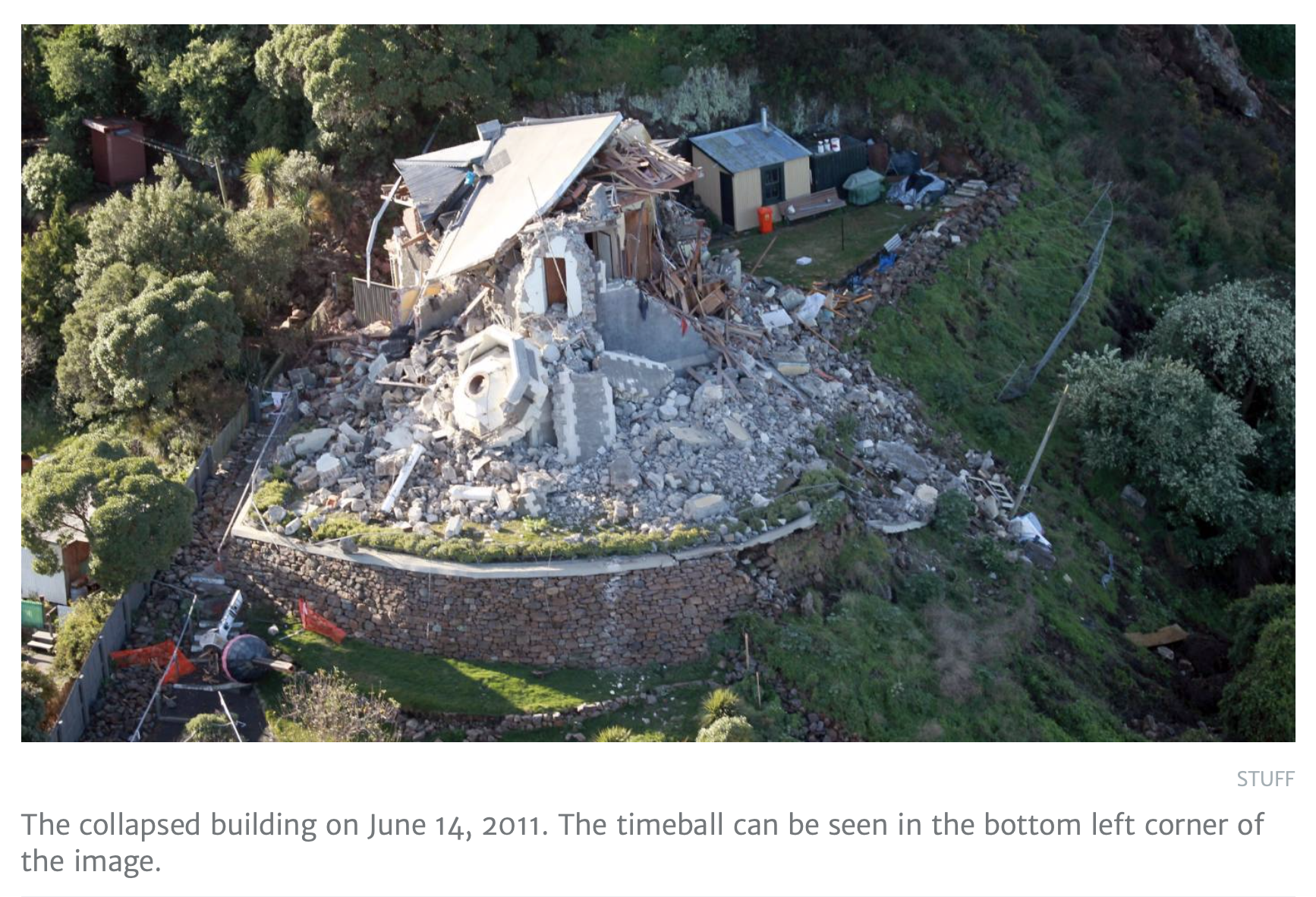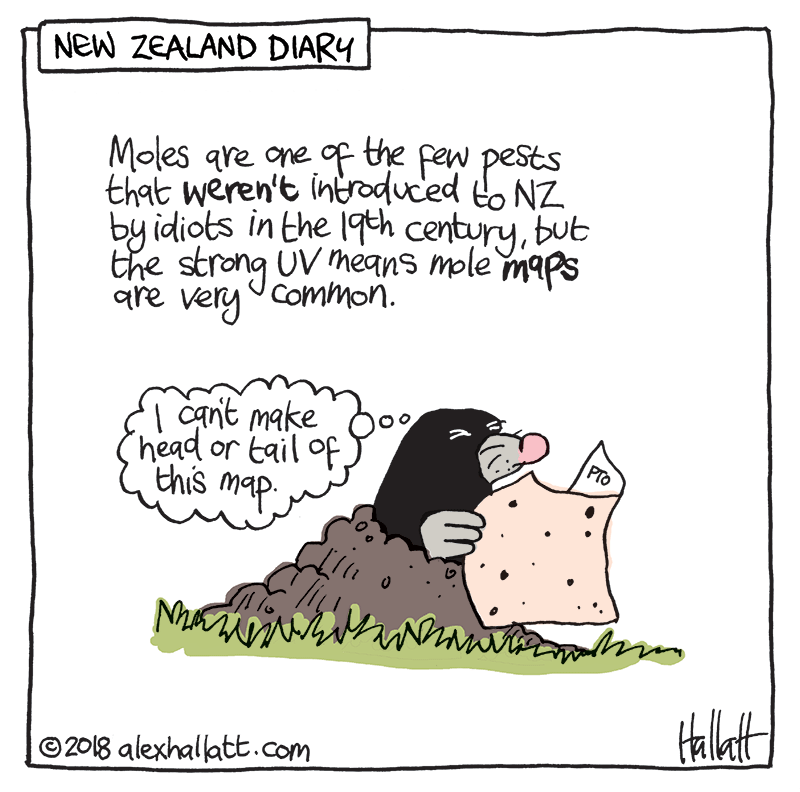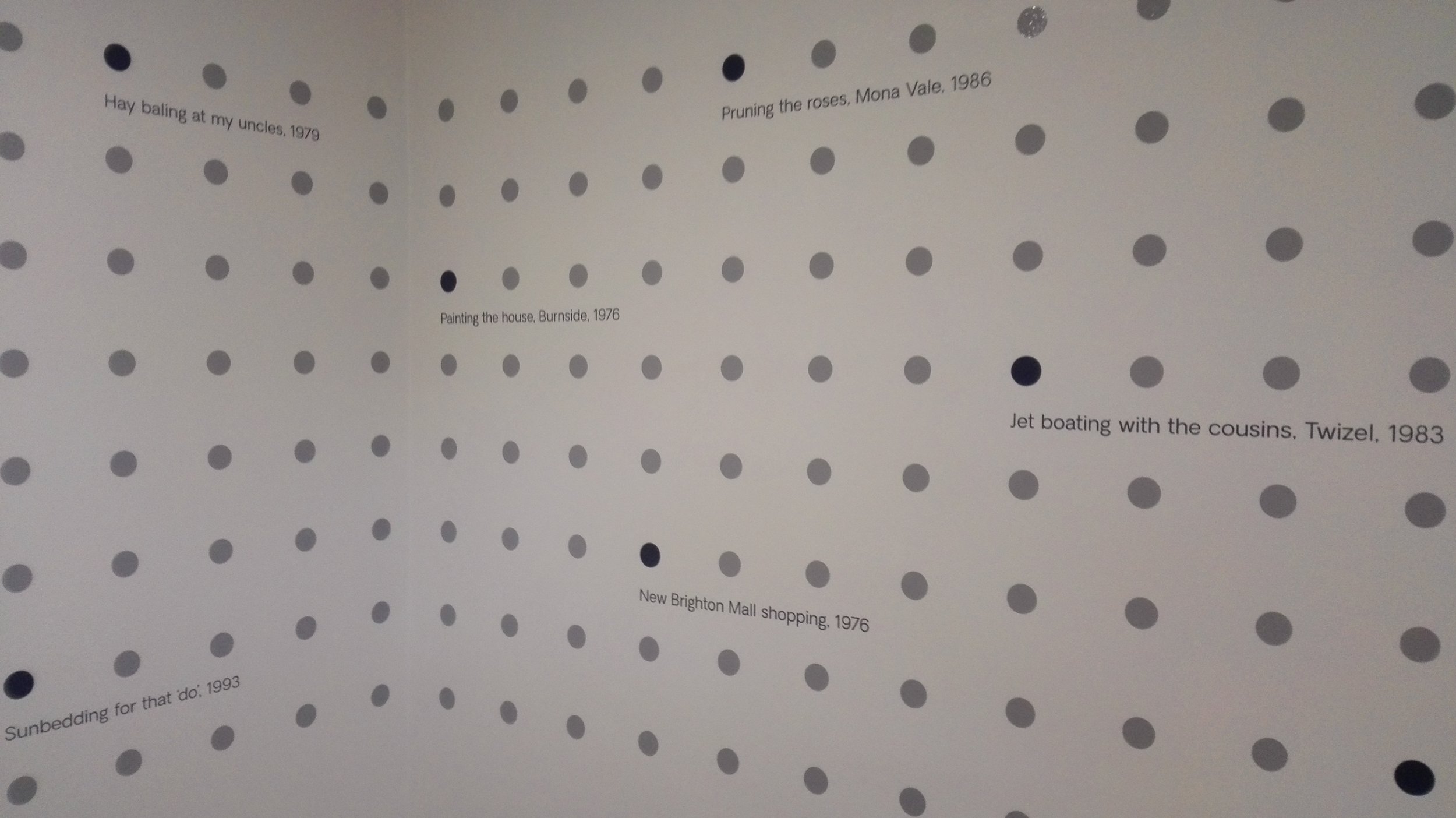Living in New Zealand: Motueka
Spending two weeks in the Motueka area, I was struck by how much the landscape is dominated by agriculture. Many of the hills are covered in pine forest and the flat lowlands are devoted to orchards of apples and kiwifruit and strings of hops.
Kiwifruit vines
Strings for hops
The commercial orchards require a lot of chemical input. There used to be a factory at Mapua that made agricultural chemicals, many of which have been banned.
As reported by New Zealand Geographic:
…this sad and barren land is a highly toxic waste area laced with agricultural poisons strong enough to kill the hardiest plague of insects. Lying empty and abandoned since 1988 when the Fruitgrowers Chemical Company (FCC) finally closed after 56 years of manufacturing a cocktail of toxic agricultural chemicals and pesticides, the site has sat unused and unusable.
The legacy of the factory is still being felt with contaminated land that cannot be used for home-grown vegetables (as instructed by a recent letter from the council to residents). And it can’t be a coincidence that there are very few mosquitoes or sandflies around Mapua…one of the nicer side effects of being near a toxic chemical plant that has contaminated land and water far beyond the confines of the area that has been remediated .
The best parts of Motueka are down by the estuary, the grandly named Port Motueka. If you look past the Talley's seafood processing plant and head office, you can see the beauty of this tidal landscape.
Motueka estuary and the Janie Seddon
And the river is beautiful.
Though the narrow bridge is pretty hairy to cross, especially with so many big trucks around.
The Coastal Cafe is a good place to be on a dry day. It makes excellent coffee and you can watch the birdlife amongst the boats.
And you can wander up the coast to see the wreck of the Janie Seddon, which was scuppered in the 1950s and is gradually being reclaimed by the estuary.
For more on the history of the Janie Seddon, head here.
Living in New Zealand: The Lyttelton Timeball Drops Every Day at 1pm (Probably)
The timeball has been a landmark in Lyttelton for over 100 years. It was one of only two working timeballs in the world until the earthquakes destroyed it.
It was fantastic to see it restored and working again in 2018. Sensibly, only the tower was rebuilt.
I have seen the timeball drop a couple of times, but just missed it dozens of times.
Lyttelton’s timeball station today
I'm glad that in 2006 it was one of the things I chose to draw as part of my Lyttel Lives series of line drawings (The Deluxe Cafe was erased by Coffee Culture, but the boyf's restaurant and St David’s Street steps’ benches were also victims of the earthquakes).
Living in New Zealand: Slip Slap Slop Against the Sun's UV
Thanks to New Zealand’s latitude, its closeness to the sun in summer (a real thing, see here), its cleaner air and the lower ozone levels, the UV radiation from the sun is very strong in summer in this part of the world. There is a high incidence of skin cancer and it is common to have your moles checked (sometimes mapped) to catch any that might become a problem.
Though I grew up in England and didn’t even go abroad until I was 18 (a trip to France), or get on a plane until I was 20 (when I went to New Jersey for a year), I thought I should have my moles checked and went to a clinic in Christchurch. I love this graphic in the waiting room:
I had one suspect mole (1989 lying on the beach at Durdle Door on a windy day in summer?) and the doctor recommended it be taken out, so my doctor did (Molecheck charges $270 for the procedure and my GP charges $150).
The mole in question was very small
I’m now writing this with the mole gone leaving some stitches that will be taken out tomorrow. Hopefully, that’s it!
Update: it was an intradermal naevus - not malignant and no further treatment needed - phew!
Living in New Zealand: You See More Kingfishers Looking Up
Spotted overhead on Ticehurst Terrace, Lyttelton.
If you want to hear a recording of a New Zealand kingfisher, head here:
http://www.kuaka.co.nz/birdcalls

















